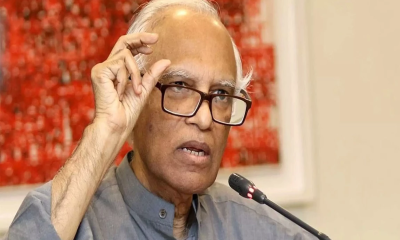A new operation called ‘Operation Devil Hunt’ has been launched to address the country’s growing law and order issues.
This operation is aimed at targeting extortionists and those creating chaos, based on information gathered from two intelligence agencies.
But this raises a crucial question: How does ‘Operation Devil Hunt’ compare to a similar mission from 2002 called ‘Operation Clean Heart,’ which was carried out by the army during the BNP government?
After examining both operations, it’s clear that there are both similarities and differences, with some new features introduced in ‘Operation Devil Hunt.’
Key Differences Between ‘Operation Devil Hunt’ and ‘Operation Clean Heart’
The first major difference lies in the way both operations were set up.
For ‘Operation Devil Hunt,’ a national core committee was formed, bringing together law enforcement agencies, government officials, and civilians.
Dhaka University’s Vice-Chancellor, Niaz Ahmed Khan, is even part of this committee.
On the other hand, ‘Operation Clean Heart’ in 2002 was decided quickly in a cabinet meeting, and many ministers and political leaders didn’t know about it until it had already begun.
Another difference is the involvement of multiple forces in ‘Operation Devil Hunt.’
This operation will include the army, police, Border Guard Bangladesh (BGB), and other law enforcement agencies working together.
In contrast, ‘Operation Clean Heart’ initially began with the army, and police and BDR were brought in later.
‘Operation Devil Hunt’ is also based on intelligence from two agencies that have compiled lists of extortionists and anarchists to target.
Meanwhile, ‘Operation Clean Heart’ focused on the immediate threat of top criminals and extortionists, with around 1,400 people arrested on the first day.
Perhaps the most notable difference is that ‘Operation Devil Hunt’ has been openly announced, with Gazipur identified as one of the locations where the operation will take place.
In contrast, ‘Operation Clean Heart’ was launched suddenly in the middle of the night on October 16, 2002, with the army taking action across the country without any prior notice to the public or police.
Similarities Between ‘Operation Devil Hunt’ and ‘Operation Clean Heart’
Despite the differences, both operations share a common goal: targeting extortionists and those causing chaos in the country.
In 2002, ‘Operation Clean Heart’ was launched to fight against both criminal activities like extortion and the wider political unrest at the time.
In the same way, ‘Operation Devil Hunt’ focuses on addressing extortion and the increasing anarchy since August 5.
Both operations also involve searching the homes of political leaders.
During ‘Operation Clean Heart,’ on its first day, police and military forces arrested many BNP leaders and activists, including a ward councilor.
The vehicles of some political figures, including BNP leader Aman Ullah Aman, were searched.
Several homes of Awami League leaders were also targeted.
It seems like ‘Operation Devil Hunt’ might follow a similar approach, with the committee discussing house searches of political leaders and activists accused of extortion.
They’ve also mentioned creating a list of Awami League leaders and activists who are hiding and may conduct searches based on that.
Finally, just like ‘Operation Clean Heart,’ which lasted for 84 days, ‘Operation Devil Hunt’ is expected to continue until the situation is fully under control.
However, unlike the 2002 operation, which ended with the army’s withdrawal and the issuance of an indemnity ordinance, ‘Operation Devil Hunt’ has yet to detail its end date or any similar legal protections.
While ‘Operation Devil Hunt’ shares some similarities with ‘Operation Clean Heart,’ it also brings a few new elements to the table, particularly in how it is being organized and carried out.
This new effort could have significant implications for the country’s ongoing battle with extortion and lawlessness.
But, as we’ve seen with past operations, it will be essential to carefully monitor its progress and impact on the political landscape.


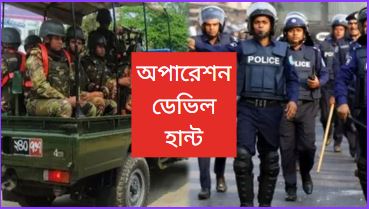

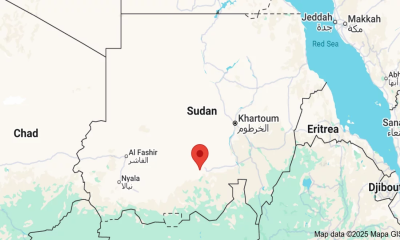
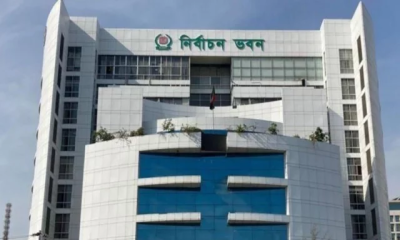
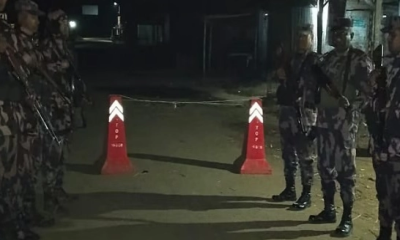
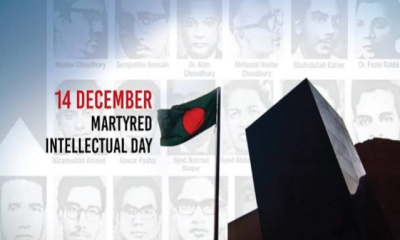
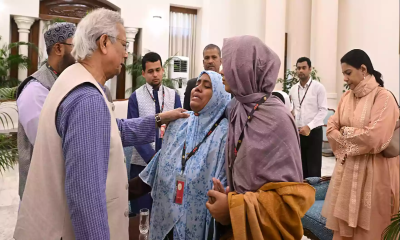
-20251213120612.webp)
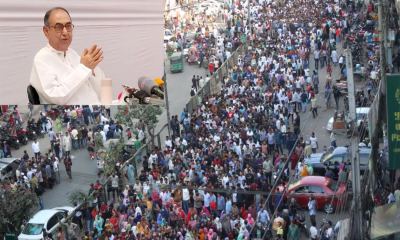
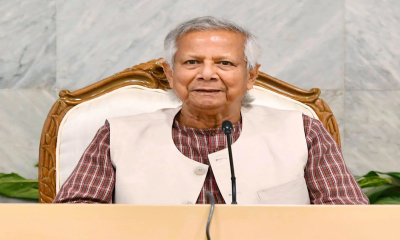
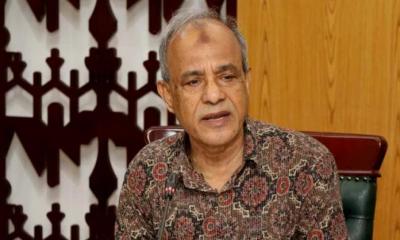
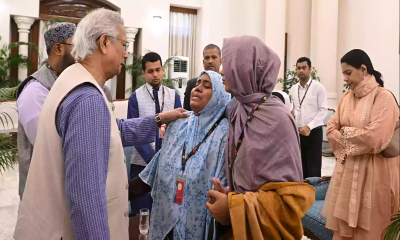


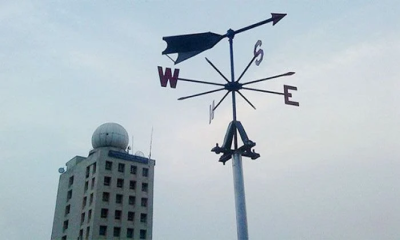
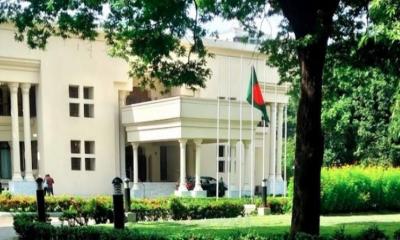

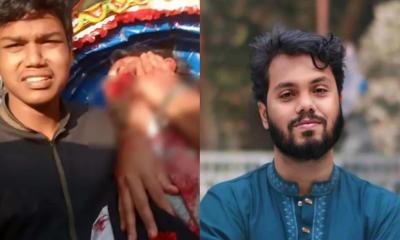

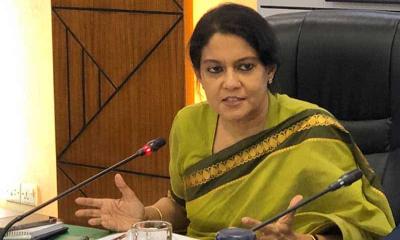
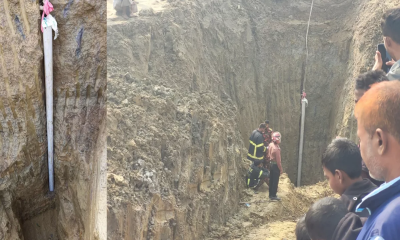
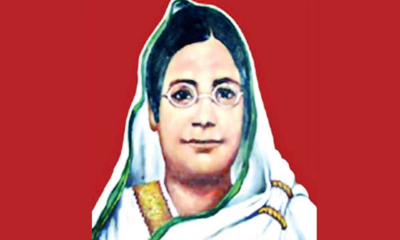

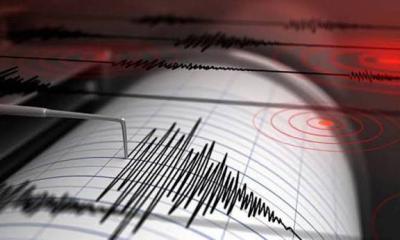
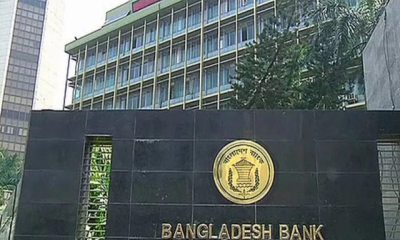

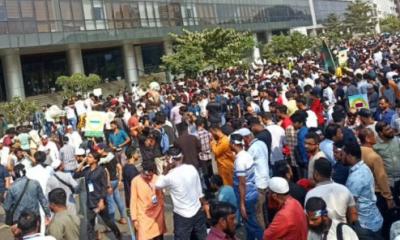
-20251207131533.jpg)

